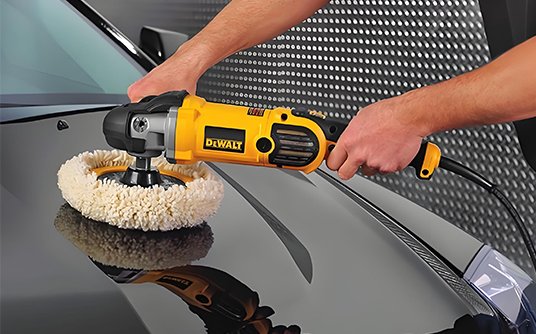Analysis of the Characteristics and Polishing Mechanism of Diatomite Fillers
As a naturally biogenic porous siliceous material, diatomite fillers occupy an irreplaceable position in the modern polishing abrasives industry. This special filler, formed by the deposition of ancient diatom remains, has a chemical composition mainly consisting of amorphous silica (SiO₂ content ranging from 85-94%), featuring a unique combination of physical properties: Mohs hardness ranging from 4.5 to 5.5 (between calcite and aragonite), multi-level pore structure (pore size distribution ranging from nanometer to micrometer scale), high specific surface area (15-60 m²/g), and excellent chemical stability. These properties of diatomite fillers make them ideal abrasive carriers and functional additives in the field of precision polishing.
During the polishing process, diatomite fillers exert their effects through multiple mechanisms: Firstly, the moderate hardness of diatomite filler particles effectively removes microscopic protrusions on the workpiece surface without causing excessive cutting; Secondly, its porous structure can adsorb and release active components in the polishing liquid, maintaining a stable polishing environment; Thirdly, the regular geometric shape of the diatom skeleton generates uniform micro-cutting action, facilitating the attainment of ultra-smooth surfaces. Studies have shown that polishing systems containing diatomite fillers can control the surface roughness (Ra) to be below 0.1 μm, while maintaining a high material removal rate (MRR).
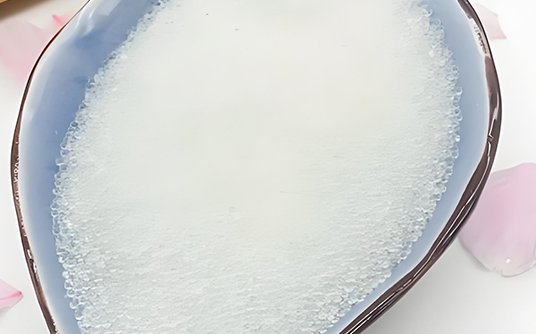
The application of diatomite fillers in various polishing products,Diatomite fillers in solid polishing abrasives
In consolidated abrasives (such as polishing wheels, grinding stones, etc.), diatomite fillers are mainly used as functional abrasives, with an addition ratio typically ranging from 15% to 40%. Compared to traditional corundum or silicon carbide abrasives, diatomite fillers have the following advantages: more regular particle shape, more uniform cutting action; low thermal expansion coefficient, good high-temperature stability; strong chemical inertness, no contamination of the workpiece surface. Experimental data show that a polishing wheel containing 25% diatomite fillers, when used for stainless steel surface treatment, can achieve a mirror-like effect with Ra ranging from 0.05 to 0.1 μm, and the tool life is extended by 30%.
The application of diatomite fillers in resin-bonded polishing wheels is particularly successful. Through surface silane coupling agent treatment, the bonding strength between diatomite fillers and the resin matrix increases by more than 50%, effectively preventing the premature detachment of the abrasive. A diatomite filler-enhanced polishing wheel developed by a certain enterprise is used for optical glass processing, reducing the surface defect rate from 3.2% in traditional products to below 0.8%.
Diatomite fillers in polishing liquids and grinding pastes
In polishing liquids and grinding pastes, diatomite fillers mainly play the following roles: providing micro-cutting function as the main abrasive; serving as a suspension stabilizer to prevent solid components from settling; acting as a pH buffer to maintain system stability. Special grading treatment of diatomite fillers (D50 = 2-8 μm) can form a stable dispersion system in water-based or oil-based media, meeting different process requirements.
The application of diatomite fillers in chemical mechanical polishing (CMP) pastes represents the high-end direction. By combining diatomite fillers with colloidal silica and controlling their surface charge characteristics, dedicated pastes for semiconductor wafer polishing can be developed. Tests show that CMP pastes containing diatomite fillers have a copper removal rate of up to 300-400 nm/min and a surface uniformity (WIWNU) of less than 3%, superior to many synthetic abrasive systems.
Silica Sand Fillers in Special Polishing Applications
In the polishing of precision optical components, silica sand fillers, after being finely graded and surface modified, can be used for ultra-smooth surface processing. By controlling the particle size distribution of silica sand fillers (such as using narrow distribution particles of 3-5 μm) and the surface chemical properties, a nanometer-level surface roughness (Ra < 1 nm) can be achieved. A research institution used modified silica sand fillers to polish fused quartz glass, achieving a surface quality of Ra 0.3 nm, approaching atomic-level flatness.
In the field of hard alloy tool polishing, the combined use of silica sand fillers and diamond powder has achieved a breakthrough. As a secondary abrasive, silica sand fillers can assist in the cutting action of diamond and prevent excessive aggregation of diamond particles. This composite polishing system reduced the edge roughness of hard alloy tools from Ra 0.2 μm to 0.05 μm, and the tool life increased by more than 40%.
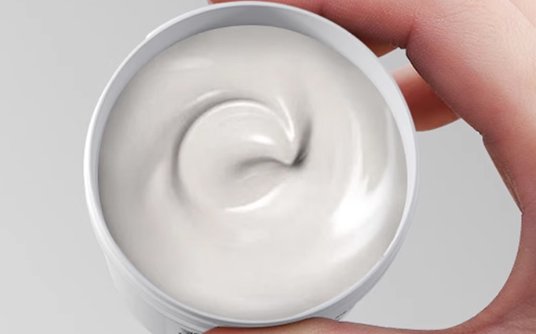
Technological Innovation and Performance Optimization of Silica Sand Fillers
Surface Modification Technology
To improve the performance of silica sand fillers in the polishing system, various surface modification technologies have been developed in the industry:
1. Silane Coupling Agent Treatment: Using KH-550 and other silane coupling agents to improve the interface bonding between silica sand fillers and organic substrates, the dispersion of treated fillers in resin increased by 60%;
2. Ion Surface Modification: Modifying the surface potential of silica sand fillers with metal ions such as Al³⁺ and Ce³⁺ to enhance their stability in the polishing solution;
3. Polymer Grafting: Grafting PEG and PVP polymer chains onto the surface of silica sand fillers to achieve "intelligent" release of abrasive.
Structural Regulation Technology
Optimizing the microstructure of silica sand fillers through physical and chemical methods:
- Acid Activation Treatment: Using hydrochloric acid or sulfuric acid to remove impurities and increase the specific surface area (up to 80 m²/g);
- Sintering Process Control: Sintering at 600-900 °C to adjust the pore structure and surface hydroxyl density;
- Grading Technology: Using air flow grading or wet grading to obtain narrow-distribution silica sand filler particles.
Composite Enhancement Technology
Combining silica sand fillers with other functional materials:
- With nano materials: such as SiO₂ silica sand core-shell structure, improving polishing uniformity;
- With carbon materials: such as graphene-modified silica sand fillers, enhancing thermal conductivity;
- With rare earth: such as CeO₂ loaded silica sand fillers, used for precise polishing of glass.
Performance tests show that the optimized silica sand fillers can increase polishing efficiency by 20-40% and improve surface quality by one or more grades. For example, in the polishing of sapphire substrates, the material removal rate of modified silica sand fillers can reach 1.2 μm/h, while the surface roughness remains below 0.2 nm RMS.
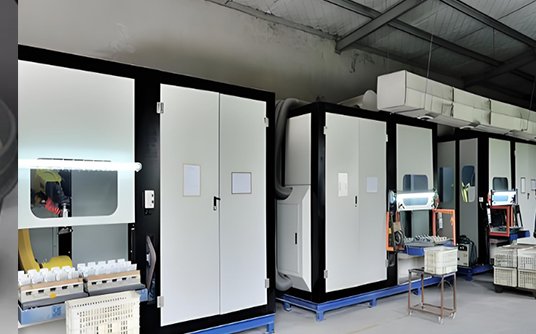
Case and Effect Evaluation
Optical Component Polishing Case
An optical component manufacturer replaced the traditional cerium oxide polishing liquid with silica sand filler-based polishing liquid and achieved remarkable results in the polishing of camera module glass:
- Surface roughness decreased from Ra 0.8 nm to 0.5 nm;
- Polishing liquid cost reduced by 45%;
- Surface cleanliness improved, and the cleaning process was reduced by 30%;
- Polishing waste liquid COD value decreased by 60%, making it easier to handle.
Metal Precision Polishing Case
In the of automotive engine cylinder blocks, the珩磨 oil stone containing silica sand fillers performed well:
- Surface roughness remained stable in the range of Ra 0.1-0.2 μm;
- Oil stone wear rate decreased by 35%, and service life was extended;
- Cylinder block roundness error controlled within 2 μm;
- Production line efficiency increased by 20%.
Semiconductor Material Polishing Case
The silica sand filler polishing wheel for edge polishing of silicon wafers has unique advantages:
- Edge chipping defects reduced by more than 90%. - The surface metal contamination concentration after polishing is less than 5×10¹⁰ atoms/cm²;
- A single polishing wheel can process 3000-4000 silicon wafers;
- The comprehensive processing cost has decreased by 25%.
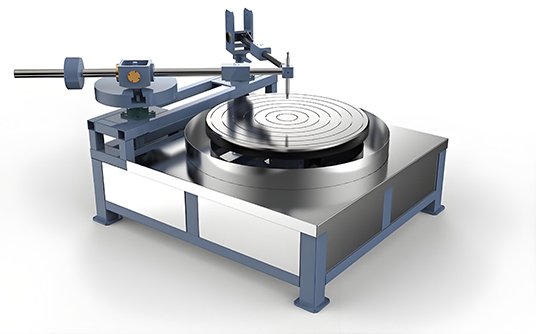
Performance comparison data
Compared with traditional polishing materials, the silica soil filler product performs excellently in multiple indicators:
| Performance indicators | Silica soil filler product | Traditional product |
| Surface roughness (Ra) | 0.05-0.1 μm | 0.1-0.3 μm |
| Material removal rate | Moderately high | Varies depending on type |
| Thermal stability | Excellent (>800℃) | Average (<400℃) |
| Environmental friendliness | Non-toxic and degradable | Partially toxic |
| Cost-effectiveness | High | Medium |

Industry development trends and challenges
Technical development trends
1. Nanotechnology application: Develop nano-silica soil fillers (100-500nm) for ultra-precision polishing;
2. Functional compositing: Endow silica soil fillers with additional functions such as catalysis and antibacterial properties;
3. Intelligent response: Research pH/temperature responsive silica soil filler polishing systems;
4. Green manufacturing: Optimize the processing technology of silica soil fillers and reduce energy consumption by more than 30%.
Market development prospects
The global polishing material market is expected to reach 8.5 billion US dollars in 2025, with an annual growth rate of approximately 6.2%. Due to its performance advantages and sustainable characteristics, the market share of silica soil fillers is expected to increase from the current 12% to 20%. Particularly in the following areas, there is significant growth potential:
- Semiconductor manufacturing (CMP application);
- Precision processing of new energy vehicle components;
- High-end optical component manufacturing;
- 3C product shell treatment.
Facing technical challenges
1. Particle size control: How to achieve a narrower particle size distribution of silica soil fillers;
2. Stability improvement: Methods to maintain performance stability in high-speed polishing;
3. Standardization construction: Establish a unified evaluation system for the performance of silica soil filler polishing;
4. Resource utilization: Improve the application value of low-grade silica soil in polishing.
With the continuous improvement of surface engineering requirements and the deep advancement of green manufacturing, the importance of silica soil fillers in the polishing abrasive industry will continue to increase. Through interdisciplinary technological innovation and industrial chain collaboration, silica soil fillers are expected to become the core component of the next generation of high-performance polishing materials, providing more efficient, precise, and environmentally friendly solutions for the precision manufacturing field. It is expected that the global demand for silica soil fillers for polishing will grow at an average annual rate of 8-10% in the next five years, and technological progress will drive its expansion to more advanced application fields.
